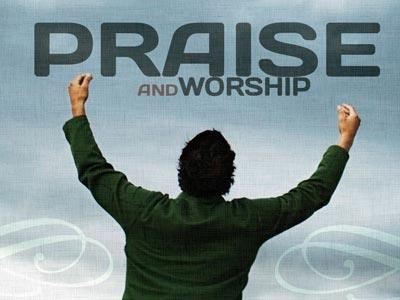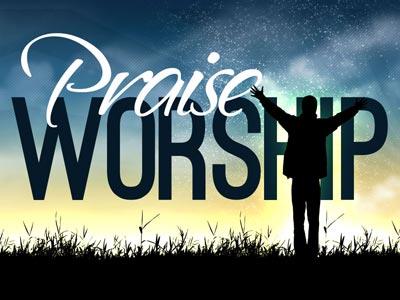-
What Is Heaven Like? Series
Contributed by Tom Fuller on Nov 28, 2017 (message contributor)
Summary: We see in Revelation 4 that the first words John hears are worship - and that the highest order of angels and the best of the redeemed humans bow to God - what does that tell us about our activities here on earth?
Chapter 4 marks a huge shift in the book of the Revelation. First, we leave the epistle section of chapters 2 and 3 where Jesus Himself wrote to the church. Second we leave the church age itself. Third we enter into the main section of the book - apocalyptic literature takes over from epistle. Apocalyptic, remember, means unveiling - we are going to see vision and symbol representing the realities of the future. Fourth we leave earth itself behind - for heaven in chapter 4.
As we begin this section we need to remember where we get the key to understanding many of the symbols in Revelation - from the book of Daniel. We will occasionally flip back to Daniel (and other books like Ezekiel) to get a feel for what symbols like the sea, or beasts, or other things mean.
Verse 1
"Come up here" - possibly restatement of the rapture. Jesus calls him up ("the first voice" from chapter 1) to heaven itself. That’s what chapter 4 gives us - a vision of heaven. Before we witness the evil and devastation on we see the beauty, holiness, and worship in heaven.
"After this" - after what? I believe it is after the things of the church. Remember that in chapter 1 John is told to "write therefore the things which you have seen (the vision of Jesus), those that are (the church) and those that are to take place after this." So chapter 4 marks the beginning of what comes "after" the church. Not everyone agrees with this - but it is the simplest and most obvious interpretation.
Verse 2
The throne of God is mentioned 40 times in Revelation.
Verse 3
Jasper is green - and was the last stone on the Levitical breastplate of Exodus 28. Apparently in this case the jasper is clear like a diamond (see Rev 21:11). The carnelian, or ruby, is red and was the first stone on the breastplate. So this represents God as the beginning and the end - the Alpha and Omega. It can also signify the stain of sin and the purity of God. God takes us from our worst state, and by His own Son turns us pure. Others suggest that the red indicates God’s wrath, or His deity (jasper) and humanity (ruby).
It is hard for us to picture this person on the throne - who is obviously God - but John is trying to explain extra-dimensional realities in terrestrial terms. Imagine trying to explain a commercial jet liner to someone living in John’s time.
Around the throne is a greenish rainbow. We don’t know if the rainbow was at the bottom, like a rug, or circling over the top like a backdrop - but likely it would have been a perfect circle - that’s what rainbows look like in the sky.
Verse 4
So next John sees 24 thrones - undoubtedly not as eye-catching as God’s throne - nor were those who sat on them. What did catch his eye were two things - their clothing and their head adornments.
These were likely men (the word presbuterous usually isn’t used for angels). And their identity has a couple of possibilities:
1. They could be representative of the 12 tribes of Israel and the 12 apostles. This would represent all the redeemed of all time - both before and after Christ.
2. Or they could represent the 24 ranks of priests who served the temple (1 Chronicles 23:6). We are "kings and priests" of our God (Rev 1). So both could be true.
But again - no names, no physical description - except of clothes and crowns. The clothes I think represent the purity found in Jesus Christ. We are "clothed in Christ" according to Galatians 3:27. Jesus tells the church at Laodicea to purchase white garments. In Revelation 19 the armies of heaven are in white linen. White in the Bible symbolizes purity.
They also have gold crowns. These were the type of crowns given to a victor in the Roman games. They symbolize reward, and authority. Priests are clothed in white, kings in crowns - so this symbolizes we are both in heaven.
But notice that it is that which comes from God that is important, not our identity or description. What is good about us is what is revealed in us about God.
Verse 5 - 6a
The focus turns back to the throne of God. Thunder can also mean "voices." In 1:15 Jesus’ voice is described like the roar of many waters. Later, in 19:6 these two ideas are hooked together as we cry out "halleluiah" at the Marriage Supper of the Lamb. In chapter 6 the Four Living Creatures cry out with a voice like thunder.
Thunder and lightning usually signify some big event. They mark the seventh seal, seventh trumpet, and the seventh bowl in Revelation. In Exodus thunder and lightning accompanied the giving of the Law from Mt. Sinai.

 Sermon Central
Sermon Central



